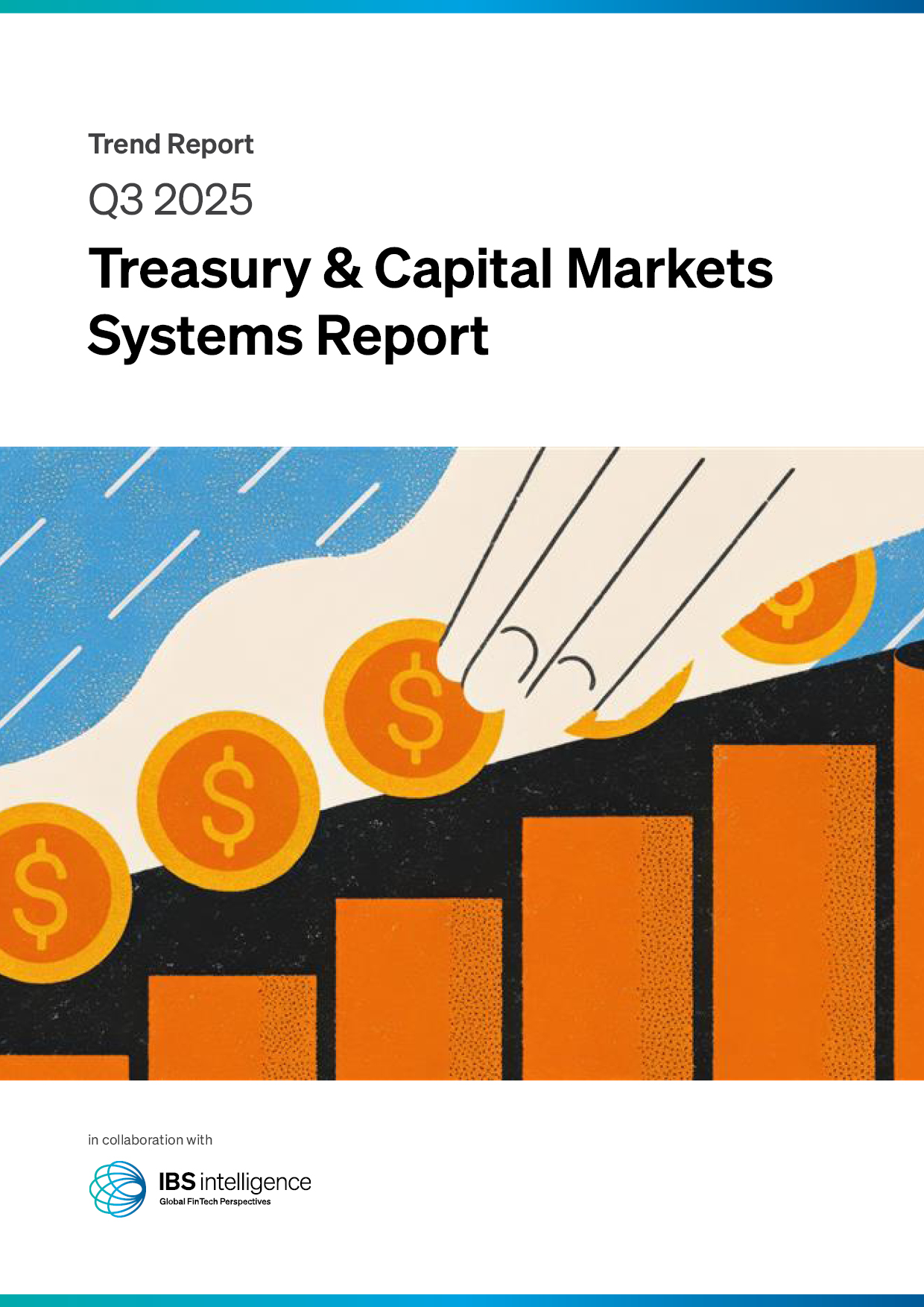 Back
Back
Credit Unions surge to £2.6bn lending as banks step back
By Puja Sharma

- Credit Unions see loans to members surge by £1 billion to £2.6 billion, rising 64% between FY2020 and FY2024
- Total membership of Credit Unions also sees growth of 8% between 2020 and 2024, rising to 2.3 million
Analysis of the latest Credit Union data from the Bank of England shows continued growth in both lending and total membership as these institutions become an increasingly important component of the financial services ecosystem.
The findings, from leading independent financial services consultancy and credit risk experts Broadstone, demonstrate the strong demand for affordable borrowing solutions and competitive savings rates amid continuing budgetary pressures facing households.
Total loans to members have swelled significantly between the end of the 2020 Financial Year (“FY”) (April 2020-March 2021) and the end of the 2024 Financial Year (April 2024-March 2025), increasing 64% from £1.6 billion to £2.6 billion.
The total membership of Credit Unions has also ticked up consistently, rising 8% from 2.1 million to 2.3 million over the same period. These factors have driven a notable increase in total income for Credit Unions, rising by 84% from £227 million in FY 2020 to £418 million in FY 2024.
However, the total net liabilities of loans in arrears for Credit Unions has grown from £118 million in FY 2020 to £191 million in FY 2024, of which over £92 million is overdue for over 12 months.
Credit Unions are not-for-profit financial cooperatives providing banking services. They differ from traditional banks as you become a member rather than a customer, similar to building societies, based on a common bond such as region or profession.
Paul Matthews, Senior Director of Risk at Broadstone, commented: “Credit Unions are capitalising on the gap left on one side of the consumer credit market by a tightening of mainstream lending criteria and on the other from borrowers turning away from traditional banks.
“Demand for borrowing remains high given the financial pressures that many households face, which is another key growth driver for the Credit Union market.
“Credit Unions can offer members a more personalised service with greater flexibility in underwriting which can be more accommodating for borrowers with limited credit history or irregular incomes. Many Credit Unions remain community-focused and their not-for-profit position differentiates them from other lenders in the eyes of some borrowers, who may be disenchanted with the wider financial sector.
“We are also now seeing an evolution in the customer experience, with Credit Unions modernising and digitising their offerings and broadening service propositions to attract younger and tech-savvy members.
“With the Government aiming to double the size of the mutual sector and looking at reforming the Credit Union market, through initiatives like modernising the ‘common bond’ requirement and amending the Credit Unions Act, it is clear that this is a vital and growing part of the financial services ecosystem.
“However, Credit Unions will need to ensure that this growth is controlled and measured with well-understood risk and the appropriate levels of customer care.”
IBSi FinTech Journal

- Most trusted FinTech journal since 1991
- Digital monthly issue
- 60+ pages of research, analysis, interviews, opinions, and rankings
- Global coverage







